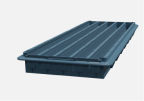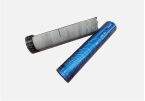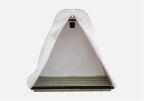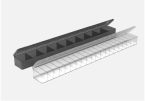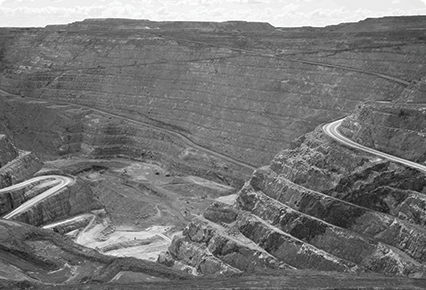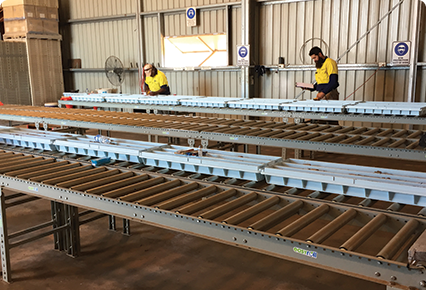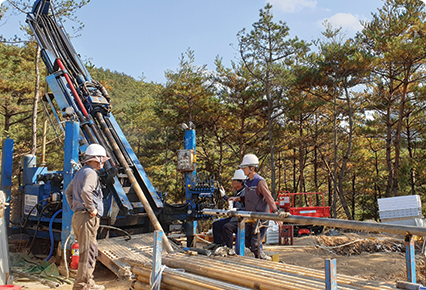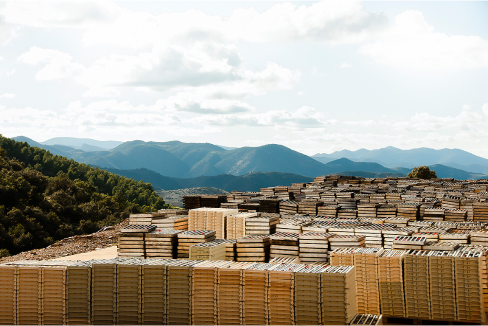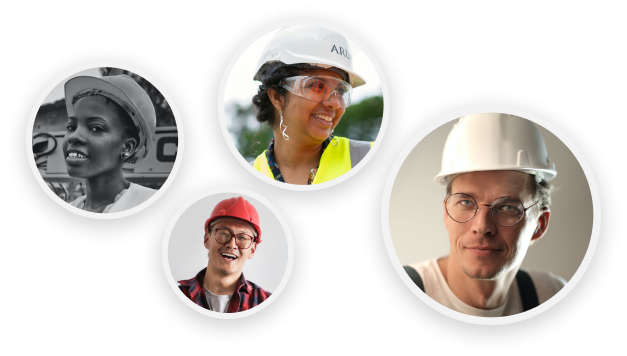Mining is in a constant state of flux - and unsurprisingly, this change is driven by technology.
Automation and digitization are not new to the industry. In recent years, these technologies have been reshaping the sector with driverless vehicles, smart sensors, and automated drilling, to name a few.
Digital Transformation
In 2017, a World Economic Forum (WEF) report noted the four central themes that will drive the digital transformation of mining over the next decade.
- Automation, robotics, and operational hardware
- These include robotics, 3D printing, and sensors. The intent is to improve the outcome for activities traditionally done manually.
- These include robotics, 3D printing, and sensors. The intent is to improve the outcome for activities traditionally done manually.
- Digitally enabled workforce
- In a digital landscape, this can mean connected workers operating in remote centers.
- In a digital landscape, this can mean connected workers operating in remote centers.
- Integrated enterprise, platforms, and ecosystems
- This means connecting operations that are kept separate like information technology (IT) and operational technology (OT). This can also mean integrated sourcing and data sharing.
- This means connecting operations that are kept separate like information technology (IT) and operational technology (OT). This can also mean integrated sourcing and data sharing.
- Next-generation analytics and decision support
- Using artificial intelligence (AI) to process data and help decision makers gain real-time insights and future projections.
Quantitatively speaking, what does this mean?
- More than $425 billion of value for the industry in general over the next 10 years
- Reduction of 610 million tonnes of carbon dioxide emissions, valued at $30 billion
- Estimated 10% decrease in lives lost and 20% decrease in work-related injury. This roughly translates to 1,000 lives saved and 44,000 injuries avoided.
This is the future of mining. And from here on out, it will continue to evolve as we find new ways to make the work safer, faster, and more efficient.
So, What’s New In Mining Technologies?
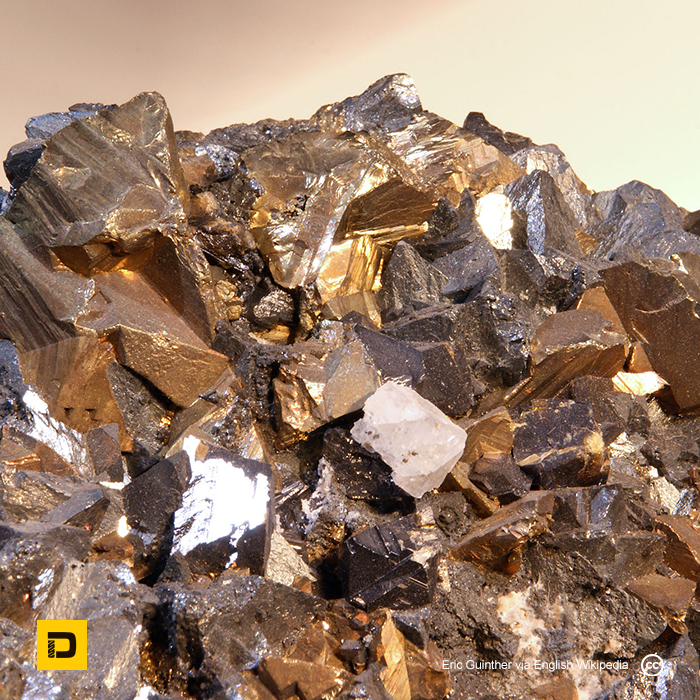
A Colorado-based start-up has developed groundbreaking technology that can economically extract copper from low-grade primary sulfides. It’s been dubbed the “holy grail” of copper extraction technology.
This technology solves the problem of leaching chalcopyrite, the world’s most abundant copper mineral ore, to get the copper out, according to the company’s CEO. It is estimated that 70% of the world’s remaining copper resources are in low-grade chalcopyrite.
This process also has major environmental benefits because it uses three to four times less water and electricity.
This technology has been tested by a mining company in Arizona, and they have reported that cathode production per area irrigated has doubled with this technology.
It is a timely development given the global “copper crunch.”
The growing demand for electric vehicles (EV) has also ramped up demand for copper, as EVs require thrice as much copper as regular cars. China, alone, will need over 2.3 million kilograms of copper if they go through their commitment to go 100% electric.
The current production rate is at 20 million tonnes a year. This means that China’s electric cars will need 120 years’ worth of copper.
Of course, we do not expect 100% of all car owners in China to go electric. But the issue is still very real. We all need copper, not just for EVs but for many other digital technologies that rule our lives.
One prediction noted that global copper mining production will drop to 12 million tonnes, from 20 Mt, by 2034. Over 200 copper mines are expected to run out of ore before 2035.
This new copper extraction technology provides a ray of hope for the industry, especially with capital investment that will allow the company to deploy their technology to larger scale copper mining operations around the world.

One company has developed software that uses machine learning to “generate domain boundaries direct from sample data for rapid creation of resource models.”
This allows geologists to get domain or grade models in “dramatically less time” compared to traditional resource modeling methods. This frees up time so they can focus on more important interpretation work. Other touted benefits include:
- Improving productivity by producing resource models up to 2,000 faster and in a more cost-effective way
- Maximizing investment by allowing geologists to generating accurate resource models and report investment options for stakeholders
- Standardizing the process which ensures repeatable and reliable results
- Quantifying risk which helps planners, investors, and geologists plan for uncertainties
The framework for this software uses cloud processing and flexible licensing instead of the usual hardware installation.
It has been dubbed as “one of the most significant developments in mining software since the advent of 3D graphics in 1985.”
Carbon calculator
Climate change is a global issue that affects all industries. Around the world, companies are looking for ways to reduce their carbon impact and help mitigate the growing concern about climate risks.
For mining companies, this is an extra challenging task. According to an estimate from McKinsey & Co, mining accounts for 4% to 7% of global greenhouse gas emissions (in terms of the sector’s Scope 1 and 2 emissions).
Scope 1 includes direct emissions from operations. Scope 2 includes indirect emissions from power generation. They also found that mining was linked to 28% of Scope 3 (all other indirect emissions) global emissions.
In 2015, half of the global industrial greenhouse gas emissions were linked back to 50 companies. Of this number, 20 were mining companies, as noted by another report from the Carbon Disclosure Project.
One of the steps that mining companies can take is to assess how they can “decarbonize” their operations.
This carbon calculator can “determine fuel and carbon emissions saved by retreading earthmover tyres” instead of buying new ones. The company that developed this also launched a program which quantifies their customers’ environmental impact as they add to their fleet with retreads. Customers are rated with one to five stars.
The program first launched in Chile and in the U.K. In Chile, new environmental laws can now outline responsible tyre recycling, and retreading is one of the approved options.
Retreading is the process of removing and replacing the worn tread of a tyre.
Another initiative that hopes to trace, and eventually minimize, carbon emissions related to mining is the World Economic Forum’s Mining and Metals Blockchain Initiative. It was established in 2019, and is considered the “first test case for collaboration between mining and metals companies.”
The goal is to find blockchain solutions, encourage responsible sourcing, and expedite compliance with environmental, social, and governance (ESG) requirements.
The group has already released proof of concept that blockchain can help trace embedded greenhouse gas emissions. This will help ensure that emissions can be tracked from the mine up until the final product.
The Urban Mine platform “profiles industrial waste deposits.” The goal is to find out if they have any base metals or rare earth minerals that are worth mining. It explores new mining opportunities that may otherwise be ignored.
This initiative was launched by a pan-European alliance of geological institutions, technology companies, and banks.
In 2016, the Global e-Waste Monitor found that “electronic waste alone contained $65b worth of precious metals and rare earth metals.” Imagine what could be found if the million tonnes of vehicles scrapped around the world are taken into account.
Such is the case with EVs. As EVs inch their way into mainstream use, a new challenge arises - what to do with all those battery components.
Recycling batteries is not just a climate initiative. It can also help governments reduce reliance on a few countries that dominate the supply of key battery metals. In a way, it can also help strengthen economic and national security.
Some governments have already started imposing rules. China wants to promote reuse of EV battery components. In the U.S, there is no federal mandate yet but California, their largest car market, is exploring their own rules. The U.S. Department of Energy is also putting money into research that will jumpstart the technology required for this process.
Mandating is, of course, the ‘easiest’ part of the process. Compliance, and monitoring, will be the bigger issue. For starters, batteries are different, which means it will be hard to create an efficient recycling system that applies to all. They are also difficult to take apart. It requires intensive labor, time, and resources.
In the end, manufacturers might opt to go for freshly mined metals which will come out cheaper and easier.
It’s still a long way ahead but the research foundation to make it a reality is underway.
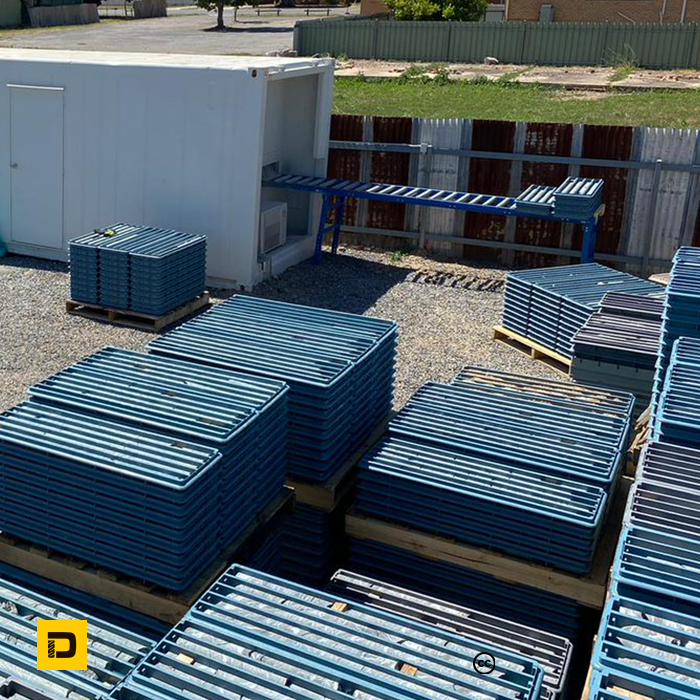
Plastic Core Tray
Yes, we know. Plastic core trays are not new at all. But over the years, manufacturers have upgraded the humble plastic tray with features that have made it a clear stand-out vs. other core trays/boxes.
An outstanding example of this is the Discoverer Plastic Core Tray. This pioneering brand is renowned for its extremely durable core trays that can withstand the hottest or coldest temperatures.
Did you know that it has been tested, and of course proven, in 140°F/60°C high temperatures, or -58°F/-50°C low temperatures?
Whether it’s the blistering heat of tropical summer or the arctic cold of Canadian winters, this particular brand of plastic core tray has shown to be remarkably resilient while still lightweight enough for easy handling.
It also has UV stabilizer, which adds to its longevity. Outdoors, it can last up to 40 years (maybe even longer! It remains to be seen, since Discoverer came about in 1993). Indoors, it’s good for a lifetime of core storage.
Cost-wise, this means that there is no need to build shelves or storage sheds because these trays are designed for stacking. And more importantly, they can be left outside for the entire life of the mine.
Even if the core samples have already disintegrated, this core tray will still be intact for reuse.
The Discoverer Plastic Core Tray also has built in Tru Identiti™ - a unique stencil feature incorporated into the plastic molding. This eliminates issues caused by poor, and consequently unreadable, handwriting which can lead to costly database errors.
How does it work?
When the tray is photographed, there is a core image software (Imago) that identifies the stencil information. It then assigns the photo to the corresponding database.
Missing labels? This core tray can be embedded with an RFID tracking chip. It also helps ensure that the tray can be identified during logging, sampling, or core tray inventory management.
Other notable features include:
- Reinforced cross bracing so the injection molded trays are rigid, with hardly noticeable flex
- No need for lids because they are stackable. Lids will only be required for the top tray of the stack.
- Not susceptible to termites or rot
- No need for time-consuming DIY assembly of boxes on site
Mining In The New Normal
Digital transformation in mining hinges on utilizing advanced technologies to improve safety, productivity, and environmental impact.
With the pandemic, this has been accelerated for many companies, and the challenge now is to ensure that these promising innovations are incorporated into integrated technologies, so it can truly make an impact.
Automation is just one part of the transformation. Implementation is just as important because only then will it truly solve a problem.
What mining technology are you most excited about? How can companies better adopt new technologies? Let us know what you think!


